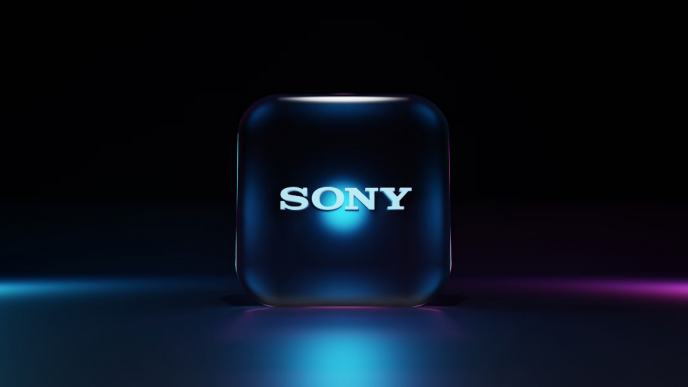
Jesse Hollington / Digital Trends
AirDrop and AirPlay are popular features that significantly benefit users, but are currently unavailable to non-Apple users. This may change in the future in the European Union (EU), where proposals are being developed that could require Apple to make these features accessible on Android devices.
According to TechRadar, the proposed changes under the Digital Markets Act (DMA) would require Apple to make its exclusive features available to other developers and smartphone manufacturers.
AirDrop is integrated into all Apple devices, allowing users to share files wirelessly with nearby devices. It provides a direct, digital method for transferring files to someone next to you without a cable. AirPlay lets Apple users wirelessly stream audio, video, photos, and other content from their iPhones, iPads, and Macs to various devices, including Apple TV, smart TVs, and wireless speakers.
Please enable Javascript to view this content
The proposed changes focus on APIs, or Application Programming Interfaces, which enable communication between two applications. According to the proposals, EU residents may not need to purchase an iPhone 16 to access the above features.

In recent years, the EU has actively sought to limit Apple’s control over its smartphone ecosystem through the DMA. One significant requirement is that Apple provides users with access to third-party app stores to download apps onto iPhones and iPads. The DMA also requires Apple to allow users to choose their default apps for web browsing, email, and other functions.
Features like AirDrop and AirPlay are often seen as exclusive advantages for Apple users. However, government officials perceive them as anticompetitive. Both sides have valid arguments: on the one hand, Apple aims to keep users within its ecosystem, while on the other hand, officials are concerned about the excessive power held by a single company.
If Apple is required to make these services available to non-Apple developers and smartphone manufacturers, we can only hope that the same security features are maintained. If they are, it’s a win for consumers, regardless of their smartphone type.

Bryan M. Wolfe has over a decade of experience as a technology writer. He writes about mobile.
Apple Pay finally has an alternative on the iPhone, and it’s a big deal

The General Data Protection Regulation (GDPR) has forced a lot of companies to change their practices in order to comply with these guidelines. While the GDPR is a European-focused set of rules, consumers all over the world have seen beneficial side effects. One of those is that Apple has opened up its NFC technology to third parties, resulting in the first-ever alternative to Apple Pay on the iPhone.
Vipps is a Norwegian-based firm and the first company to have a tap-to-pay solution on the iPhone besides Apple itself. For now, the service only supports Norwegian banks, but it’s expected to grow in time and spread to other payment providers across Europe.
Apple’s progress with slimmer iPhones sounds stunning and worrying

Apple’s first in-house cellular modem will reportedly start appearing in iPhones and iPads next year. The move, which kicks into action with the 2025 iPhone SE refresh, is aimed at helping Apple end its reliance on other suppliers for the part.
The shift, however, also frees up more wiggle room for its engineers to experiment with new designs. One of those could very well be the upcoming iPhone 17 Slim or Air model, which is poised to replace the Plus version in the current lineup.
Apple insider leaks future plans for a significant iPhone spec change

Apple has long followed a strategy of consolidating the hardware supply chain within its own circle. Shifting away from Intel to in-house M-series processors was one of the biggest bets in recent memory. Now, the company is eyeing the same strategy for a critical part that allows iPhones to, well, act like phones.
According to Apple tipster Mark Gurman at Bloomberg, Apple will finally put its own cellular modem inside iPhones and iPads starting next year. The plans will be executed over three years, spanning three generations of modems, as part of a plan to end Apple’s reliance on Qualcomm for the part.














